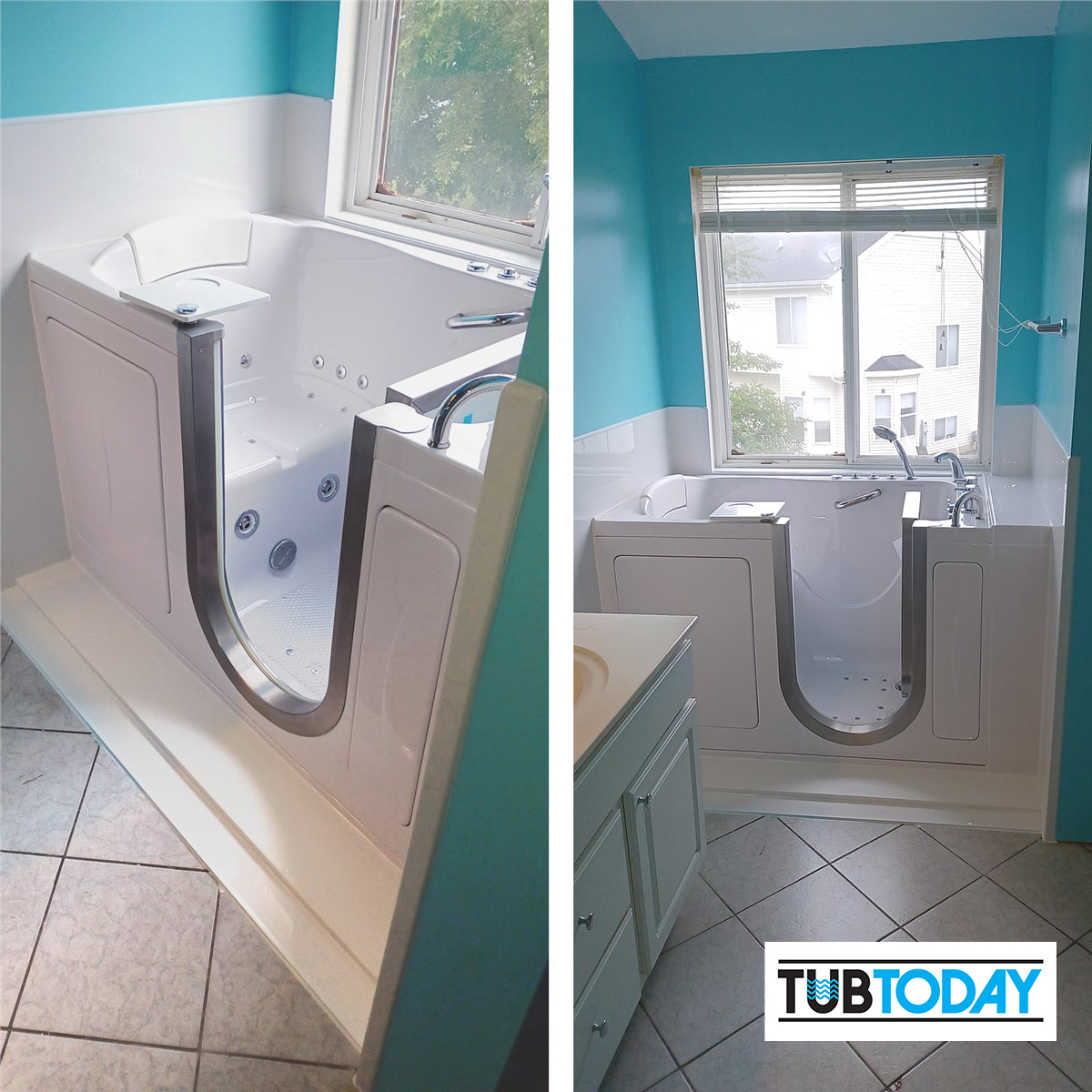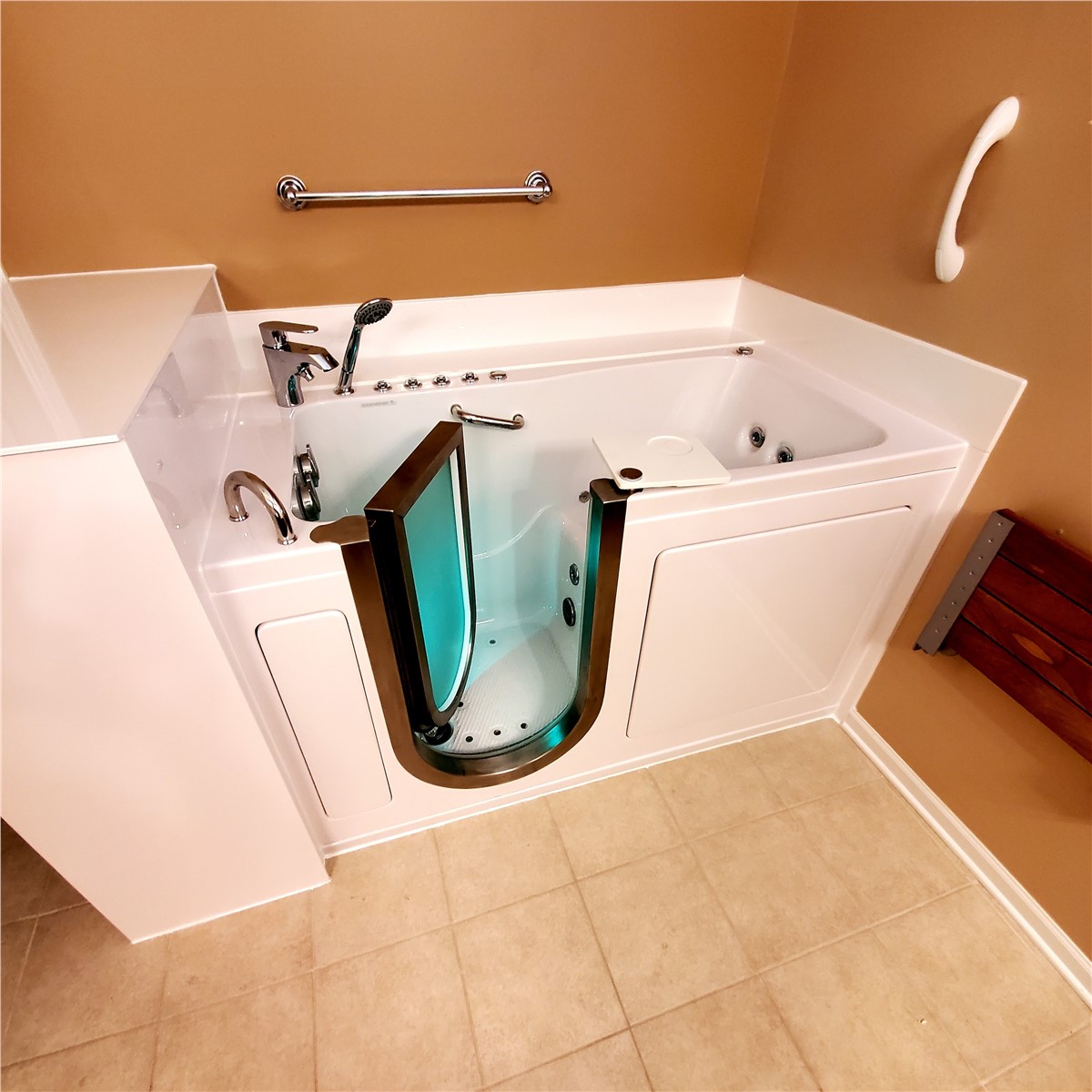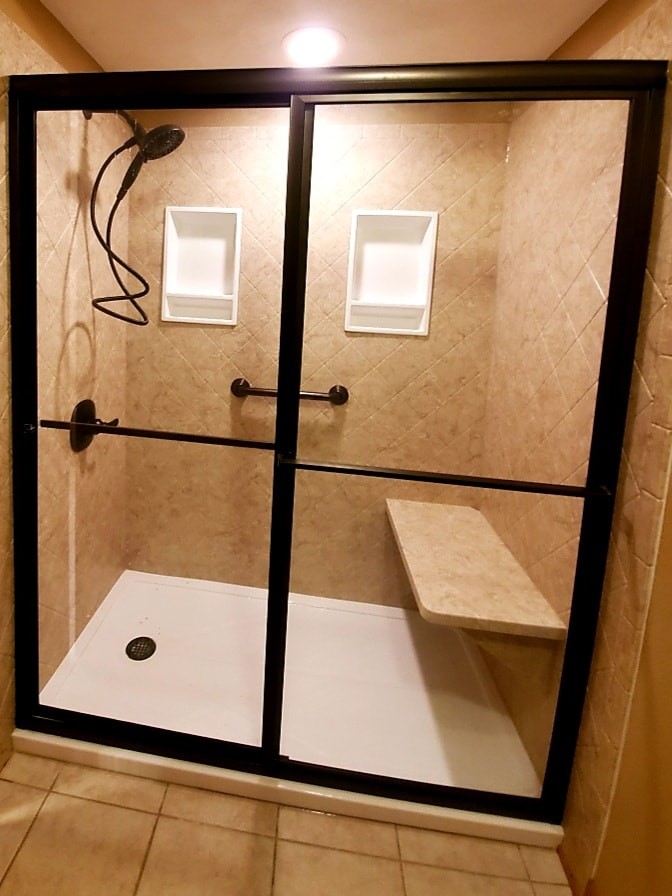
Bathroom Improvement
The best bathroom aids and adaptations for aging in place explains how to make your bathroom more accessible by discussing potential additions such as walk-in baths, shower seats, and walk-in showers. These adaptations are designed to make your bathroom easier to use and can include quick solutions such as bath boards and seats, as well as larger adaptations like walk-in bathtubs and walk-in showers. Our guide also covers accessories and products like grab bars and shower seats. Even if you don’t currently need specialized bathroom equipment, adapting your bathroom in anticipation of future needs can future-proof your home.
As we age, many of us want to retain the ability to wash independently as part of our daily routine. If you have accessibility issues, bathing can be a challenge. We explain how bathroom aids can be helpful.
With our expert guide, we show you how to make your bathroom much easier to use. You’ll find quick solutions on our list, such as bath boards, seats, and cushions – ideal for limited budgets.
If you’re considering bathroom improvements anyway, and don’t need specialist bathroom equipment yet, adapting it in anticipation of future needs is an excellent way to future-proof your home.
Grab bars for the bathroom and shower
As you move in and out of the bath or shower, the bathroom is the most obvious place for support rails.
In this area, a fall can be particularly hazardous without support. If you choose a rail with a non-slip grip, permanent mounted hand rails are the safest option in a wet area.
Grab bars can also help provide stability next to the toilet when you’re adjusting clothing or getting on and off the seat. A rail next to the sink will also provide extra support if your balance is poor when standing.
Non-slip bathroom flooring
Mats that prevent slipping are readily available. Installing safety flooring is, however, the most effective and safest option.
You can also prevent slips and falls by laying a non-slip mat on the bottom of your bath (or shower). With sucker feet, they can be fixed to the bath in a variety of shapes and sizes.
The same function is performed by anti-slip adhesive strips and shapes for the bath, as well as spray-on slip-resistant materials.
Walk-in showers
If bathing becomes more difficult, you might want to consider a walk-in shower. Depending on the quality of the materials used, a walk-in shower can cost anywhere from 6,000 to 12,000 dollars.
Walk-in showers are those without bathtubs to step into that could potentially cause you to trip. Most users with mobility concerns will find these to be the best option.
Shower seats
While portable shower stools and chairs can be used in the shower, getting a seat fixed into the shower cubicle or wet floor area is the most stable option. Fix the seat at the right height for you and fix the grab rails in the right places, if you intend to use them with the seat.
Shower controls
There are some shower controls that are specifically designed to be easy to turn, grip, and reach. Additionally, they may have preset dials and larger displays.
Showers with thermostatic controls keep the water at an even temperature, or within a certain range. In this way, there is no possibility of scalding or of the water becoming unbearably cold.
 Walk-in Tubs
Walk-in Tubs
You may be able to enjoy a relaxing soak in warm water even if you have difficulty getting into and out of the bath.
Walk-in baths
The door on a walk-in bath is built into the side, so you don’t have to climb over it and risk a fall.
Make sure you have the heated seat option available for when you wait for the bath to fill up before you start running the water. It is also necessary to wait until the water has drained before opening the door.
Walk-in baths don’t come cheap, with many costing $10,000-15,000.



VERDI – TubToday Exclusive
Inward Swing, Walk-in Tubs by TubToday
TUBTODAY Exclusive
Inward Swing, Walk-in Tubs by TubToday
Ultimate
Inward Swing, Walk-in Tubs by TubToday
Tub4Two
Outward Swing, Two Seat, Walk-in Tubs by TubToday
Bathroom Accessories
48 Products
Bathroom Storage
10 Products
Bathtubs
48 Products
Custom Vanity Tops
14 Products
Flooring
84 Products